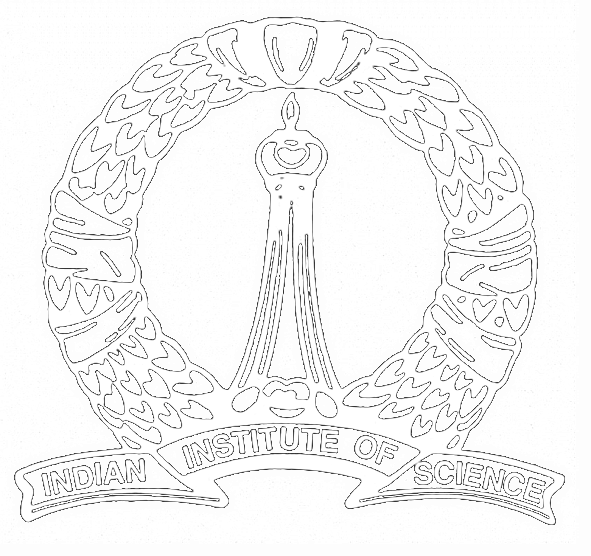Title: Numerical approximation of population balance equations in process engineering
Speaker: Prof. Gerald Warnecke, Magdeburg, Germany
Date: 14 May 2007
Time: 4.00 p.m.
Venue: Lecture Hall - I, Dept. of Mathematics
Population balance equations are widely used in many chemical and particle process engineering problems involving crystallization, fluidized bed granulation, aerosols etc. Analytical solutions are available only for a limited number of simplified problems and therefore numerical solutions are frequently needed to solve a population balance problem. A general population balance equation for simultaneous aggregation, breakage, growth and nucleation in a well mixed system is given as an integro-partial differential equation for a particle property distribution function. Sectional methods are well known for their simplicity and conservation properties. Therefore numerical techniques belonging to this category are the most commonly used. In these methods, all particles within a computational cell, which in some papers is called a class, section or interval, are supposed to be of the same size. These methods divide the size range into small cells and then apply a balance equation for each cell. The continuous population balance equation is then reduced to a set of ordinary differential equations. However, it is well known that the numerical results by previous sectional methods were rather inaccurate. Furthermore, there is a lack of numerical schemes in the literature which can be used to solve growth, nucleation, aggregation, and breakage processes, i.e. differential and integral terms, simultaneously. We present a new numerical scheme for solving a general population balance equation which assigns particles within the cells more precisely. The technique follows a two step strategy. The first is to calculate the average size of newborn particles in a cell and the other to assign them to neighboring nodes such that important properties of interest are exactly preserved. The new technique preserves all the advantages of conventional discretized methods and provides a significant improvement in predicting the particle size distributions. The technique allows the convenience of using geometric- or equal-size cells. The numerical results show the ability of the new technique to predict very well the time evolution of the second moment as well as the complete particle size distribution. Moreover, a special way of coupling the different processes has been described. It has been demonstrated that the new coupling makes the technique more useful by being not only more accurate but also computationally less expensive. Furthermore, a new idea that considers the growth process as aggregation of existing particle with new small nuclei has been presented. In that way the resulting discretization of the growth process becomes very simple and consistent with first two moments. Additionally, it becomes easy to combine the growth discretization with other processes. Moreover all discretizations including the growth have been made consistent with first two moments. The new discretization of growth is a little diffusive but it predicts the first two moments exactly without any computational difficulties like appearance of negative values or instability etc. The accuracy of the scheme has been assessed partially by numerical analysis and by comparing analytical and numerical solutions of test problems. The numerical results are in excellent agreement with the analytical results and show the ability to predict higher moments very precisely. Additionally, an extension of the proposed technique to higher dimensional problems is discussed
- All seminars.
- Seminars for 2007
